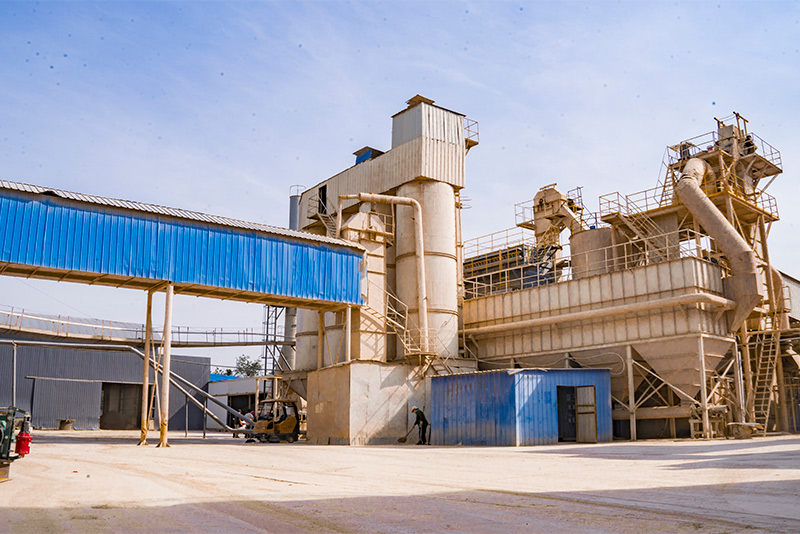Sanding 3D Printed Objects Techniques and Tips for a Smooth Finish
In the world of 3D printing, the journey from a digital model to a tangible object often requires more than just the printing process; one critical step many makers overlook is the finishing touch—sanding. Sanding 3D printed objects can dramatically enhance their appearance and texture, leading to a more professional and polished final product. In this article, we will explore why sanding is essential, the techniques you can use, and tips for achieving the best results.
Why Sanding Matters
3D printing, particularly with filament-based technologies like Fused Deposition Modeling (FDM), often leaves behind layer lines and surface imperfections. These can be particularly noticeable on larger prints or objects with intricate details. Sanding serves to smooth out these inaccuracies, resulting in a more aesthetically pleasing object. Moreover, sanding can improve adhesion for painting or other finishing processes, allowing for a more uniform and attractive finish.
Techniques for Sanding
1. Choosing the Right Sandpaper The first step in sanding is selecting the appropriate grit of sandpaper. Generally, you will begin with a coarser grit (such as 80-120) to tackle the most pronounced layer lines and imperfections. After achieving a more uniform surface, transition to finer grits (220-400) to refine the surface and make it smooth to the touch. For delicate details, finer grits may be used from the beginning to avoid removing too much material.
2. Sanding Tools While hand sanding with sandpaper is common, utilizing a sanding block or sponge can help maintain even pressure and cover larger surface areas. For intricate details, consider using small files or sanding sticks. Power sanders, like rotary tools, can be beneficial for larger objects but require care to avoid damaging fine details.
3. Wet Sanding For certain materials, particularly plastics, wet sanding can be beneficial. This technique involves soaking the sandpaper in water, which helps reduce dust and provides a smoother finish. Wet sanding also minimizes the risk of clogging the sandpaper, making the process more efficient.
sanding 3d printed objects

4. Layering Techniques For prints with significant layers, multiple rounds of sanding might be necessary. Begin with a coarser grit to remove the bulk of the imperfections, and then gradually move to finer grits. It’s also a good idea to check the surface regularly to gauge your progress and avoid over-sanding.
Tips for Effective Sanding
- Use a Consistent Motion Maintain a consistent motion while sanding, moving in circular or back-and-forth strokes. This will help create a uniform finish without deep grooves or scratches. - Stay Light-Handled Apply light pressure to avoid removing too much material too quickly. Sanding is a gradual process, and patience is critical for achieving the best finish.
- Check for Heat Generation When using power tools, be mindful of heat generation, as excessive heat can warp or melt the printed material. If you notice overheating, take breaks to allow the object to cool down.
- Clean Between Grits After sanding with a coarser grit, be sure to clean the object to remove dust and debris before moving to a finer grit. This ensures that you don’t end up scratching the surface with residue from the previous sanding.
Conclusion
Sanding 3D printed objects is not just an extra step; it’s a vital part of the finishing process that can elevate your projects from rough prints to stunning final pieces. By employing the right techniques and tips outlined above, you can achieve a smooth, professional finish on your 3D prints. Remember, practice makes perfect—experiment with different materials and techniques to find what works best for your specific projects. With a bit of effort and attention to detail, your 3D printed objects will shine!
Post time:nov . 24, 2024 22:59
Next:Exploring the Talented Ensemble Behind Sand Castle's Captivating Storytelling
